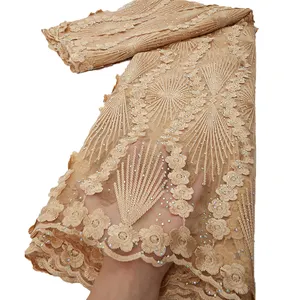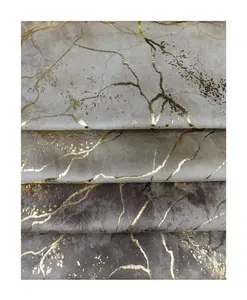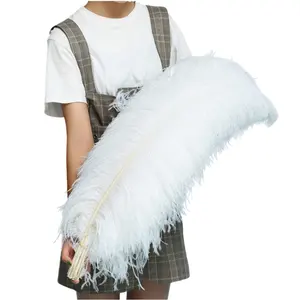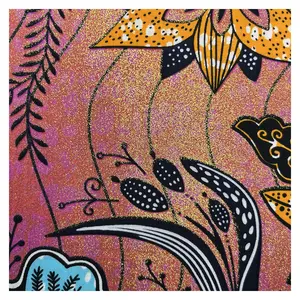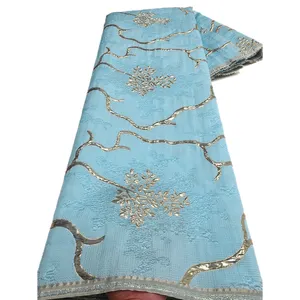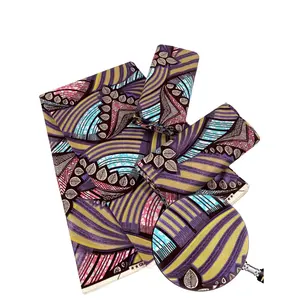Popular in your industry






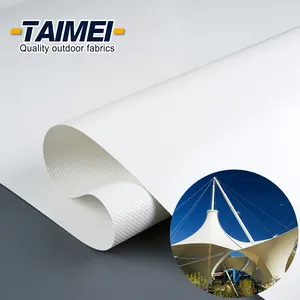

































































Related Searches:



































































































































































Top categories
About tent covering material
Tent Covering Material: An Overview
Exploring the world of tent covering material, one discovers a vast array of fabrics designed to meet diverse outdoor needs. This category encompasses materials engineered for durability, weather resistance, and versatility. From camping excursions to large-scale events, the right tent fabric is crucial for the structure's performance and longevity.
Types of Tent Covering Materials
The selection of tent fabrics varies, including polyester, canvas, polyethylene, and vinyl. Each material offers unique benefits. Polyester is prized for its lightweight and quick-drying properties, making it ideal for casual campers. Canvas, known for its breathability and strength, suits extended outdoor stays. Polyethylene is a cost-effective option with excellent waterproof qualities, whereas vinyl stands out for its heavy-duty nature and resistance to UV rays and mildew.
Applications and Features
Tent covering materials are not one-size-fits-all. They cater to different applications, from lightweight hiking tents to robust marquees for events. Features such as UV protection, fire retardancy, and mold resistance can be integral to the fabric's specification, depending on its intended use. For instance, materials for a commercial event tent must often comply with fire safety standards, while those for a personal camping tent prioritize portability and ease of setup.
Material Advantages
Each tent material brings advantages to the table. Durability is a common thread, ensuring that tents can withstand the elements and repeated use. Some materials are treated to enhance their resistance to tears and punctures, essential for rugged environments. Additionally, advancements in material technology have led to improved environmental resistance, allowing for all-weather tents that maintain their integrity across seasons.
Considerations for Selection
When selecting a tent covering material, factors such as climate, usage frequency, and environmental impact should guide the decision. For instance, a waterproof tent cover is indispensable in rainy locales, while a UV-resistant fabric is a must-have in sun-drenched areas. The weight of the material also affects transportability and ease of handling, particularly for those who venture into remote areas.
Environmental and Maintenance Aspects
Sustainability is increasingly important in the production of tent materials. Eco-friendly options are available that minimize the ecological footprint without compromising performance. Maintenance is another practical consideration; materials that resist dirt and are easy to clean ensure a longer lifespan and better aesthetics for the tent over time.
